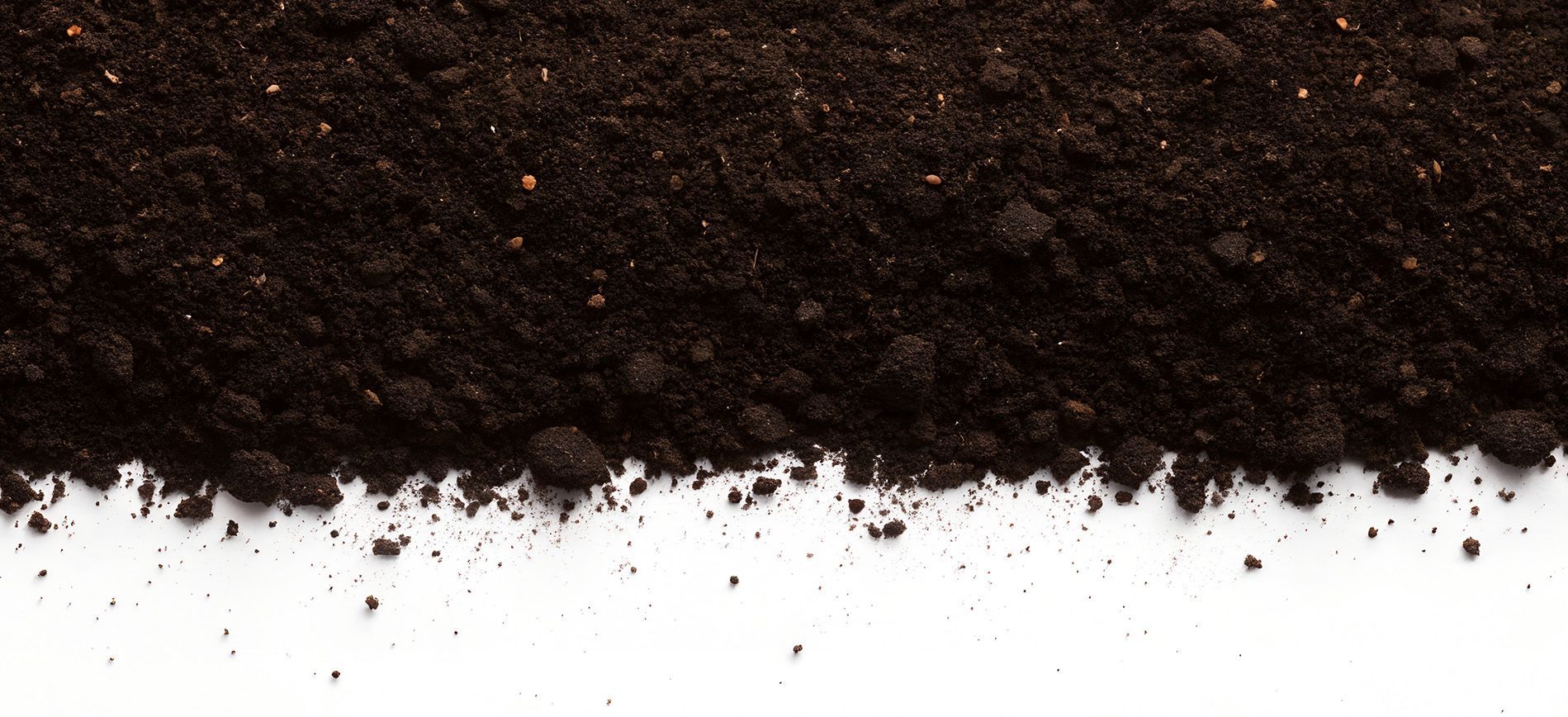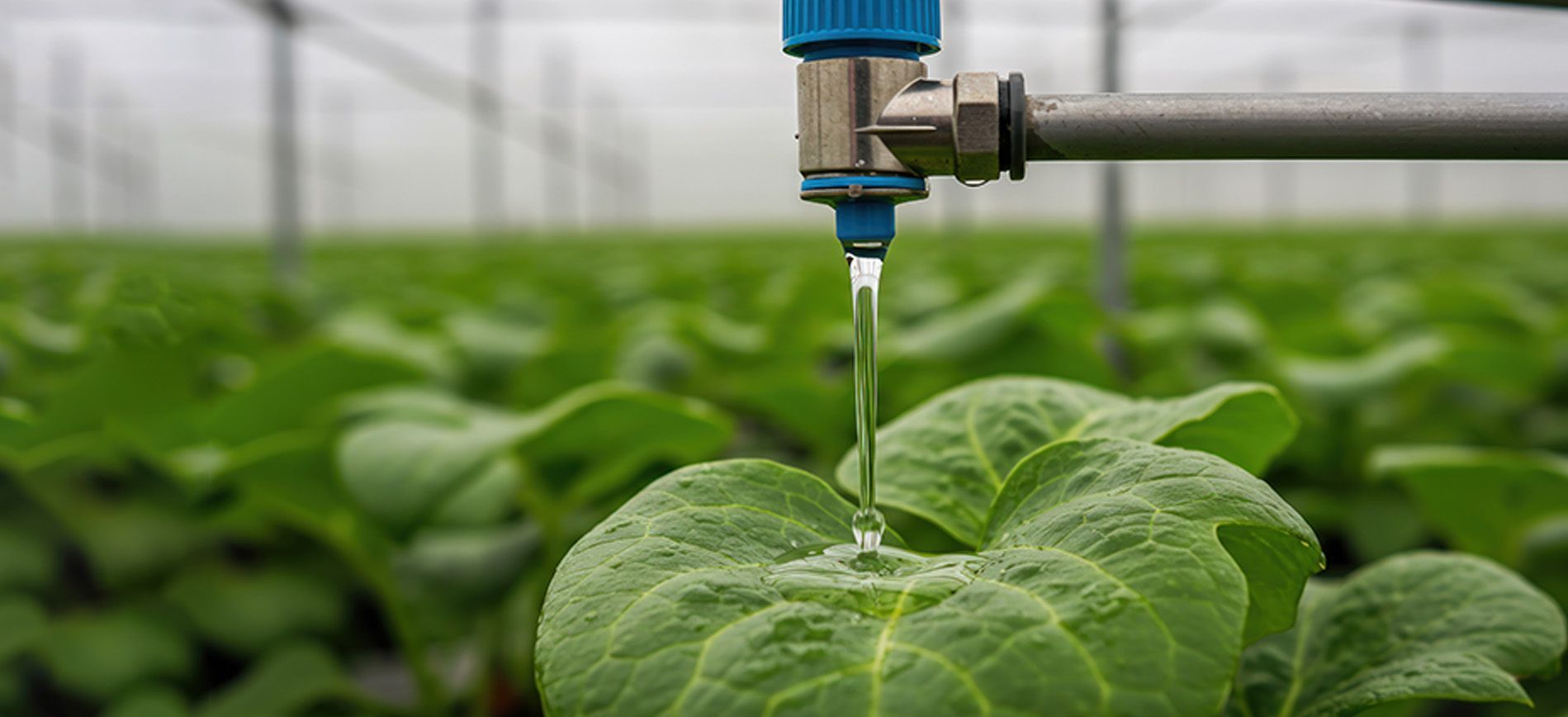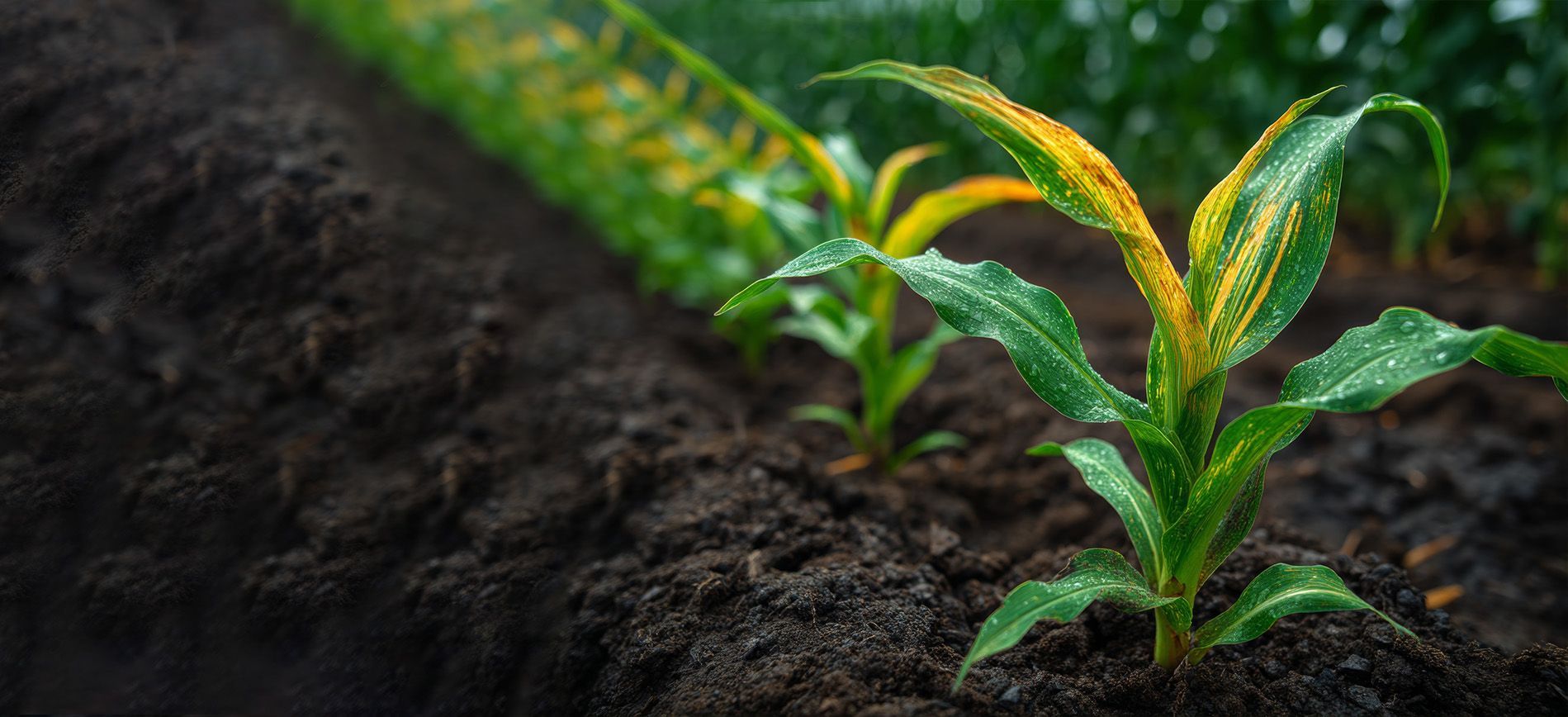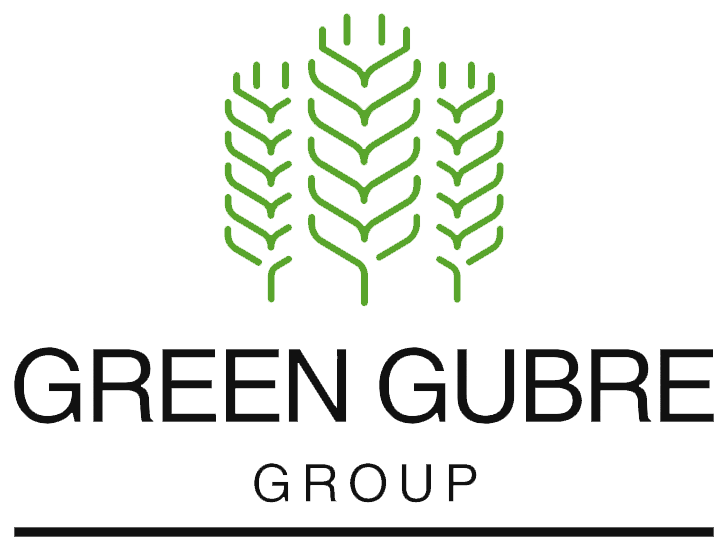Balancing Crop Nutrition in Southeast Asia – Fertilizer Demand in Thailand, Vietnam, and Indonesia
Balancing Crop Nutrition in Southeast Asia – Fertilizer Demand in Thailand, Vietnam, and Indonesia
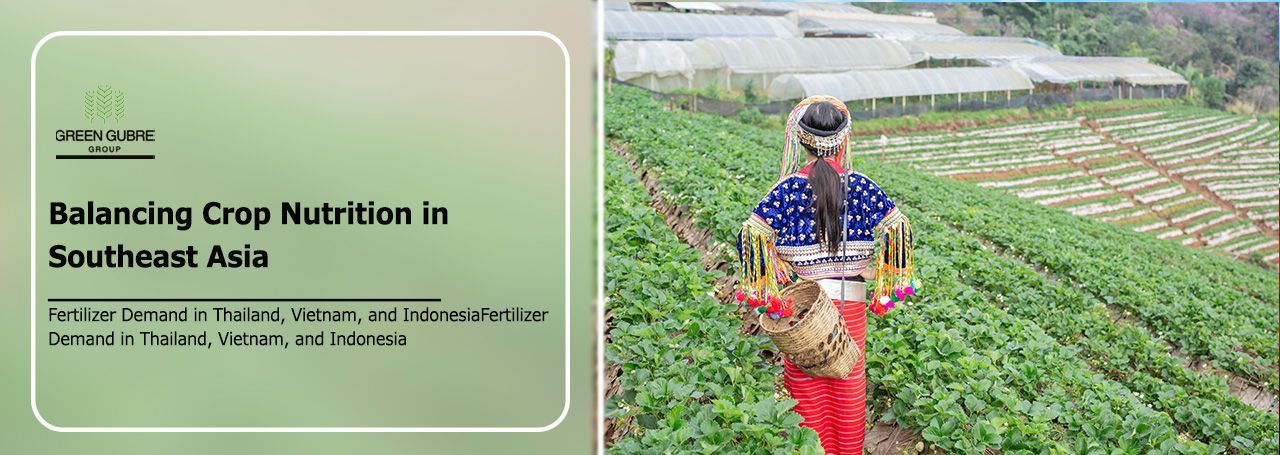
Introduction: Engaging the Need for Smarter Fertilization in Southeast Asia
Despite being among the world's most productive, Southeast Asia’s fertile plains, particularly in Thailand, Vietnam, and Indonesia, are not without their challenges. Soil nutrient imbalances, inefficient fertilizer use, and environmental degradation are persistent issues that need to be addressed through smarter fertilization.
Governments and private sectors increasingly focus on balanced fertilization, particularly urea (46% N) and NPK compounds, to sustain yields and improve soil health. This is further supported by robust subsidy programs and comprehensive farmer education, instilling confidence in the future of Southeast Asia's agriculture.
Thailand: Optimizing Rice Yields through Nutrient Management
🌾 Rice-Centric Agriculture
- Thailand is the world’s second-largest rice exporter.
- Over 50% of its farmland is dedicated to rice, followed by
cassava,
sugarcane, and
maize.
🧪 Fertilizer Use and Challenges
- Thailand applies more than 5 million MT of fertilizer annually, with urea accounting for nearly 40%.
- Farmers face challenges such as:
- Overuse of nitrogen.
- Deficiency of potassium and micronutrients.
- Lack of access to tailored blends for specific soils.
🏛️ Government Intervention
- The Thai government promotes 4R nutrient stewardship and supports soil testing services.
- Subsidies help reduce smallholder fertilizer costs, especially in flood-prone and marginal areas.
Thailand’s National Rice Strategy – FAO
Vietnam: From Quantity to Quality in Fertilization
🌱 High Fertilizer Dependence
- Vietnam applies one of the highest fertilizer rates in Asia, up to 500 kg/ha, mostly urea and NPK.
- Its top crops include
rice,
coffee,
pepper, and
vegetables.
🌾 Over-application and Degradation
- Excess nitrogen has led to:
- Soil acidification
- Water pollution
- Reduced fertilizer efficiency
✅ Moving Toward Balanced Fertilization
- Vietnam’s Ministry of Agriculture is pushing for:
- Balanced NPK application.
- Introduction of slow-release fertilizers and biofertilizers.
- Farmer education and
precision nutrient mapping.
Vietnam Fertilizer Sector Assessment – World Bank
Indonesia: Managing Fertilizer Access Across 17,000 Islands
📦 Fertilizer Subsidy Program
- Indonesia runs one of the world’s most extensive fertilizer subsidy programs, covering urea, NPK, and ZA.
- The government subsidized over
8 million tons of fertilizer in 2023 alone.
🚜 Fertilizer Demand
- Main crops: rice, maize, palm oil, and horticultural products.
- Urea remains the most subsidized and applied fertilizer due to its nitrogen density.
🌿 Sustainable Fertilizer Distribution
- Key strategies include:
- Digital voucher systems to prevent fraud.
- Regional blending facilities to match local soil profiles.
- Support for
green and organic fertilizers to reduce emissions.
Indonesia Fertilizer Policy Review – OECD
Regional Themes in Fertilizer Use
Across Thailand, Vietnam, and Indonesia:
- Urea 46% N is heavily used but often over-applied.
- NPK formulations (15-15-15, 20-10-10, 16-16-8) are gaining ground due to better nutrient balancing.
- Precision agriculture,
digital advisory tools, and
government reform programs enable smarter fertilization.
Farmers increasingly know that yield maximization must go hand-in-hand with environmental protection and long-term soil health.
Green Gubre Group: Supporting Southeast Asia’s Fertilizer Evolution
At Green Gubre Group, we provide:
- High-quality granular and prilled urea 46% N.
- Tailored NPK blends for rice, maize, and horticultural crops.
- Support for bulk shipments, bagged cargo, and port logistics across Southeast Asia.
- Insights into
fertilizer policy shifts,
seasonal demand, and
market trends.
We aim to support national food security goals while enabling sustainable and efficient farming practices.

